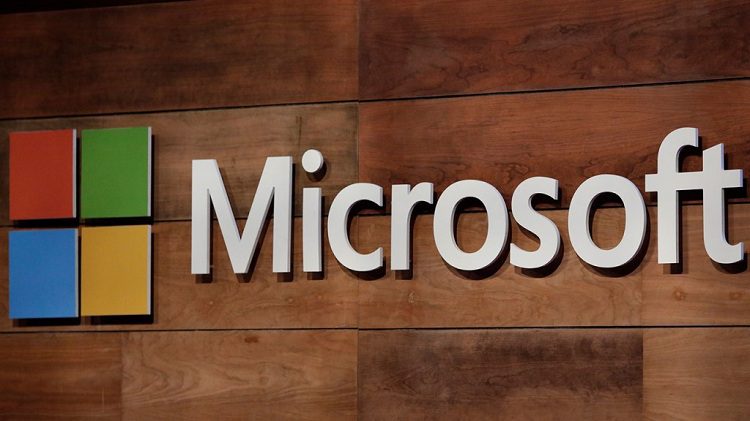Microsoft doesn’t need individuals sticking to Windows 7 the manner in which they did with Windows XP, and it has attempted various strategies to motivate individuals to move up to Windows 10. It even made Windows 10 accessible as a free update for the primary year. The complimentary gift offer has since a long time ago lapsed, and for organizations that choose to stay with Windows 7 once bolster closes in 2020, Microsoft will charge an expense to keep accepting security refreshes.
“As already declared, Windows 7 broadened bolster is finishing January 14, 2020. While a large number of you are as of now well on your way in conveying Windows 10, we comprehend that everybody is at an alternate point in the overhaul procedure. In view of that, today we are declaring that we will offer paid Windows 7 Extended Security Updates (ESU) through January 2023,” Microsoft expressed in a blog entry.
The expanded help bundle will be sold on a for each gadget premise. Microsoft didn’t state what it will cost, however mentioned that the cost will go up every year.
To be clear, this isn’t focused at home customers. It’s an alternative that will be accessible for Windows 7 Professional and Windows 7 Enterprise clients in the Volume Licensing program—organizations, fundamentally. There will likewise be a type of rebate to clients with Windows programming affirmation, Windows 10 Enterprise, or Windows 10 Education memberships.
Must Read: LG Builds on Successful G7 Series Platform with Two Even More Accessible Models
For every other person, bolster just closures toward the start of one year from now.
“Support for Windows 7 will end on January 14, 2020. Microsoft will never again give security updates or specialized help for gadgets running Windows 7 working frameworks. That is the reason it’s a great opportunity to make the move to Windows 10 today,” Microsoft says.
This isn’t excessively amazing, given that a comparative circumstance played out with Windows XP. What’s fascinating, however, is the quantity of frameworks that could be affected by this. As indicated by Net Marketshare, around 40 percent of work areas run Windows 7, contrasted with barely short of 38 percent running Windows 10. It’s very nearly an even part, if the information is precise.
StatCounter reports a comparable figure for Windows 7, pegging the piece of the pie at 38.65 percent.
Whatever the real number is, it shows up there are still a ton of Windows 7 PCs out there. It will premium check whether the help due date eventually supports Windows 10’s piece of the overall industry. Reuters



